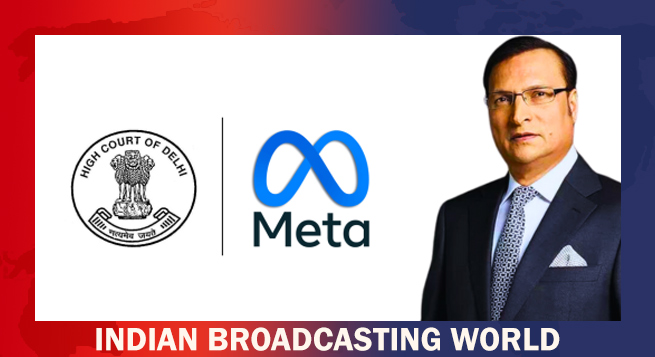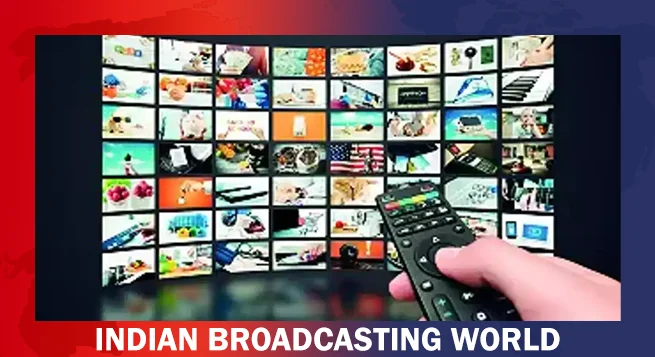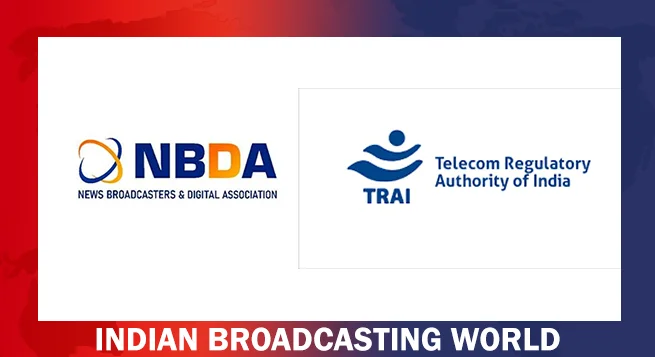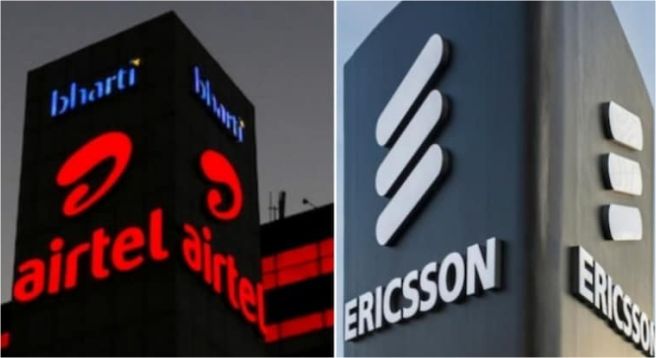Telecom company, Bharti Airtel, India’s premier communications solutions provider and Swedish telecom company Ericsson on Tuesday conducted India’s first 5G network demonstration in rural geography.
The demonstration took place in Bhaipur Bramanan village on the outskirts of the Delhi-NCR region.
Earlier, the Department of Telecom (DoT) had kicked off the process for 5G technology by allocating airwaves to telcos. The DoT has allocated a spectrum to telecom operators in Delhi, Mumbai, Kolkata, Bengaluru, Hyderabad and other areas.
The 5G site infrastructure was powered by Ericsson’s 3GPP- compliant 5G radio. The trial was carried out by utilizing the allocated mid-band trial spectrum in 3,500 MHz bands and existing FDD spectrum band, an official statement from Airtel India said.
“5G will be a transformational technology when it comes to delivering broadband coverage to the last mile…and contribute to a more inclusive digital economy. Airtel will continue to be at the forefront of 5G technology and bring more India relevant use cases through partnerships such as the one with Ericsson,” Randeep Singh Sekhon, Airtel CTO said.
Over the past few months, Bharti Airtel and Ericsson have partnered to demonstrate enhanced speeds of more than 1Gbps on a live 5G network set up at Cyber Hub in Gurgaon using Bharti’s 3500 MHz trial spectrum.
Earlier in January this year, both the companies also showcased Ericsson spectrum sharing capabilities on a commercially deployed installed base of 1800 MHz liberalized frequencies in Hyderabad to give consumers their first experience of 5G from a live commercial network.
“The technology milestone of extended coverage achieved by Ericsson and Airtel, as part of the ongoing 5G trial in India, is even more significant since it demonstrates how 5G can ‘connect the unconnected in India’, enable faster 5G rollout and truly help India realize its ‘Digital India’ vision,” Nunzio Mirtillo, Head of Ericsson Southeast Asia, Oceania and India said.
He also added, “5G will serve as a socio-economic multiplier for the country. According to an Ericsson study, on average, a 10 percent increase in the Mobile Broadband adoption ratio causes a 0.8 percent increase in GDP.”
 Delhi HC orders meta to remove deepfake videos of Rajat Sharma
Delhi HC orders meta to remove deepfake videos of Rajat Sharma  Govt. blocked 18 OTT platforms for obscene content in 2024
Govt. blocked 18 OTT platforms for obscene content in 2024  Broadcasting industry resists inclusion under Telecom Act
Broadcasting industry resists inclusion under Telecom Act  DTH viewing going down & a hybrid ecosystem evolving: Dish TV CEO
DTH viewing going down & a hybrid ecosystem evolving: Dish TV CEO  New adventure of detective Feluda debuts on Hoichoi Dec. 20
New adventure of detective Feluda debuts on Hoichoi Dec. 20  ‘Pushpa 2’ breaks records as most watched film of 2024: BookMyShow Report
‘Pushpa 2’ breaks records as most watched film of 2024: BookMyShow Report  Hungama OTT unveils ‘Pyramid’
Hungama OTT unveils ‘Pyramid’  Amazon MX Player to premiere ‘Party Till I Die’ on Dec 24
Amazon MX Player to premiere ‘Party Till I Die’ on Dec 24  aha Tamil launches ‘aha Find’ initiative with ‘Bioscope’
aha Tamil launches ‘aha Find’ initiative with ‘Bioscope’  Netflix India to stream WWE content starting April 2025
Netflix India to stream WWE content starting April 2025 








